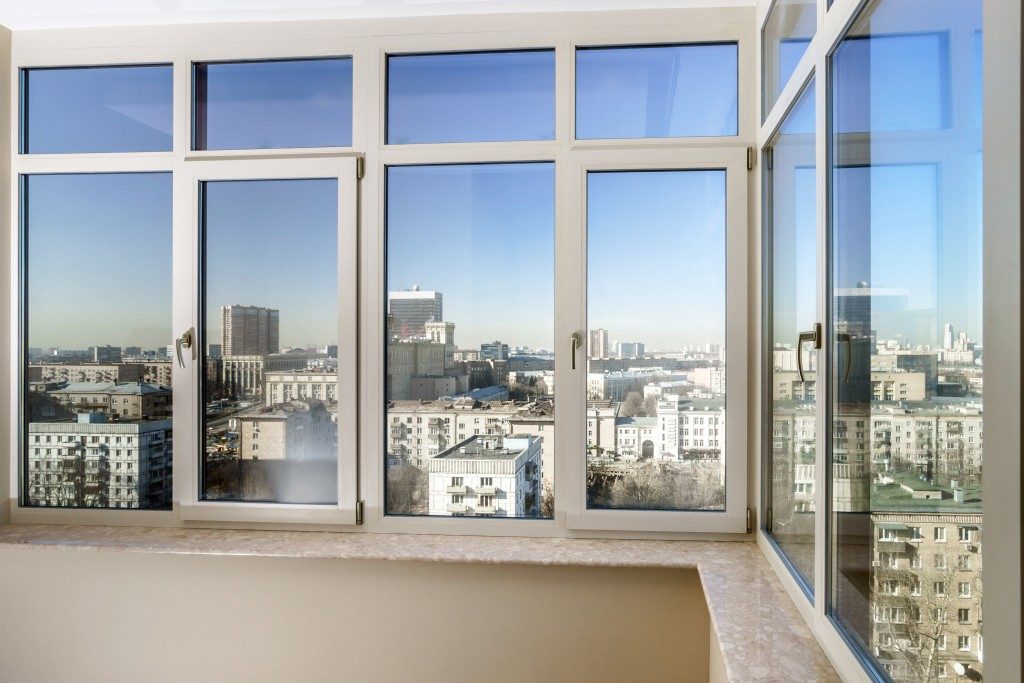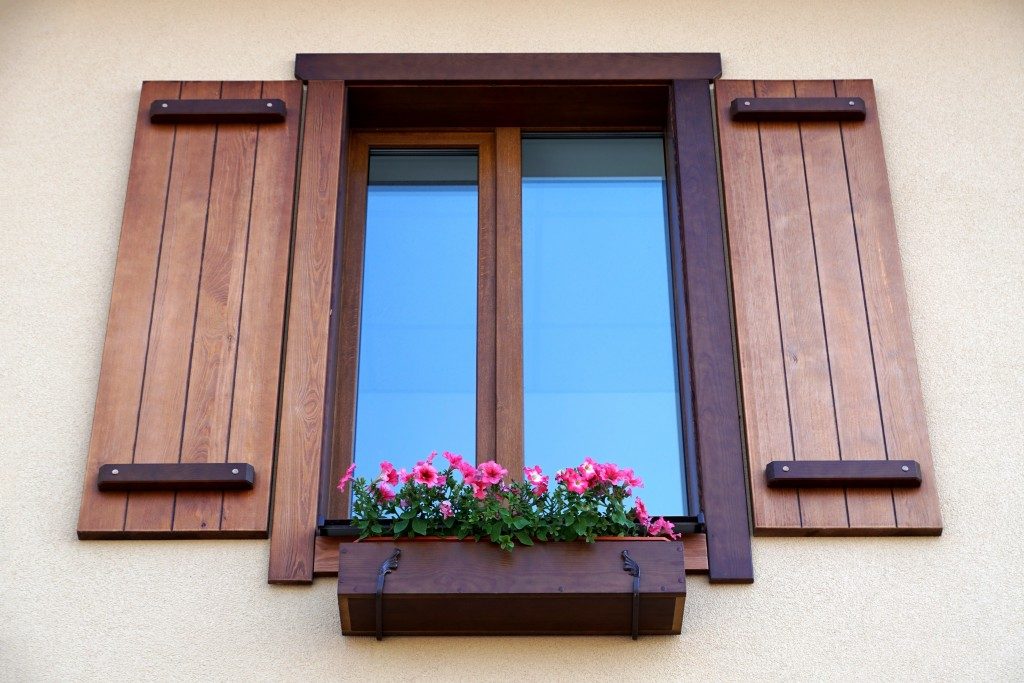Adequate ventilation is one of the most effective ways to improve any Canadian house’s indoor air quality. Usually, inside air is more toxic than outside air, so using fresh drafts to mitigate indoor pollution is critical. Several HVAC units can do this job for you, but windows can take care of it for free.
Of all operating windows, casement units are your safest bets to achieve maximum natural ventilation. Here are the reasons why many window and door companies recommend them:
They Open Wide
Unlike double-hung and sliding windows, casement ones crank outward and leave the opening practically free from any obstruction to allow uninterrupted airflow. They can do this because they do not have staggered sashes. Instead, casement windows only have one sash hinged at the side.
Awning windows also have a single-sash configuration, but they sacrifice their unique advantage if they open entirely. Their single sash needs to slant to act as a roof to block rainwater to allow natural ventilation even there is a torrential downpour. An awning window’s slating sash can interfere with an incoming airstream.
They Control the Direction of the Breeze
Another thing that makes casement windows unique is their ability to capture breezes. You can adjust the angle of their sash to influence the movement of the external wind when it is about to flow across the wall of the house. This type of functionality is useful, for an incoming airstream rarely come straight at a window.
They Maximize Cross Ventilation
Cross ventilation refers to the phenomenon where the air can enter and exit a room through well-placed wall openings. To cross-ventilate, there must be at least two openings that not are located on the same side of the room. For maximum results, the openings should be opposite each other.
Considering the ability of casement windows to provide generous net opening and change the course of drafts, they do cross ventilation better than all other fenestration units. Two windows on opposite walls can have 65% of wind velocity to expel indoor heat and humidity much faster.
Since casement units are also used for egress, they are typically bigger than ordinary windows too. The larger they are, the more their winning ventilating qualities are amplified.
They Lend Themselves to Projecting Windows

Generally, there are only four types of glass units that can be used for bay and bow window systems: picture, double-hung, awning, and casement windows. Double-hung and awning units can ventilate adequately, but they are no match to their casement counterparts.
If your bay and bow units comprise casement sub-windows, you can enjoy top-to-bottom ventilation from multiple directions. The collective net opening of all individual units can provide incoming and outgoing airstreams virtually obstruction-less pathways to move heat and moisture efficiently and keep the indoor temperature of a room low.
In the end, increased natural ventilation is not the only desirable benefit of casement windows. Dig deeper to understand their whole range of advantages and discover why they arguably the closest to perfection.

